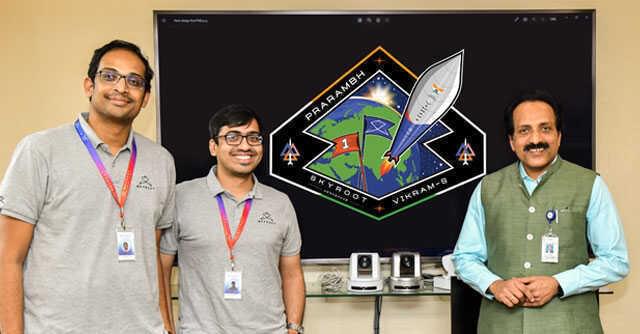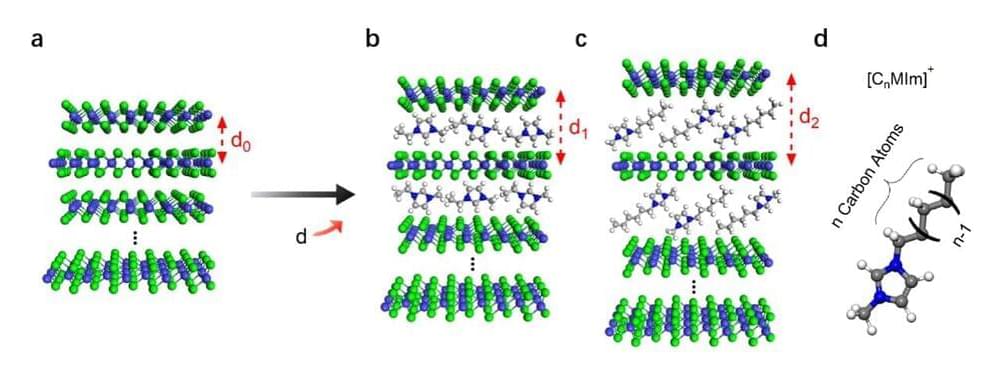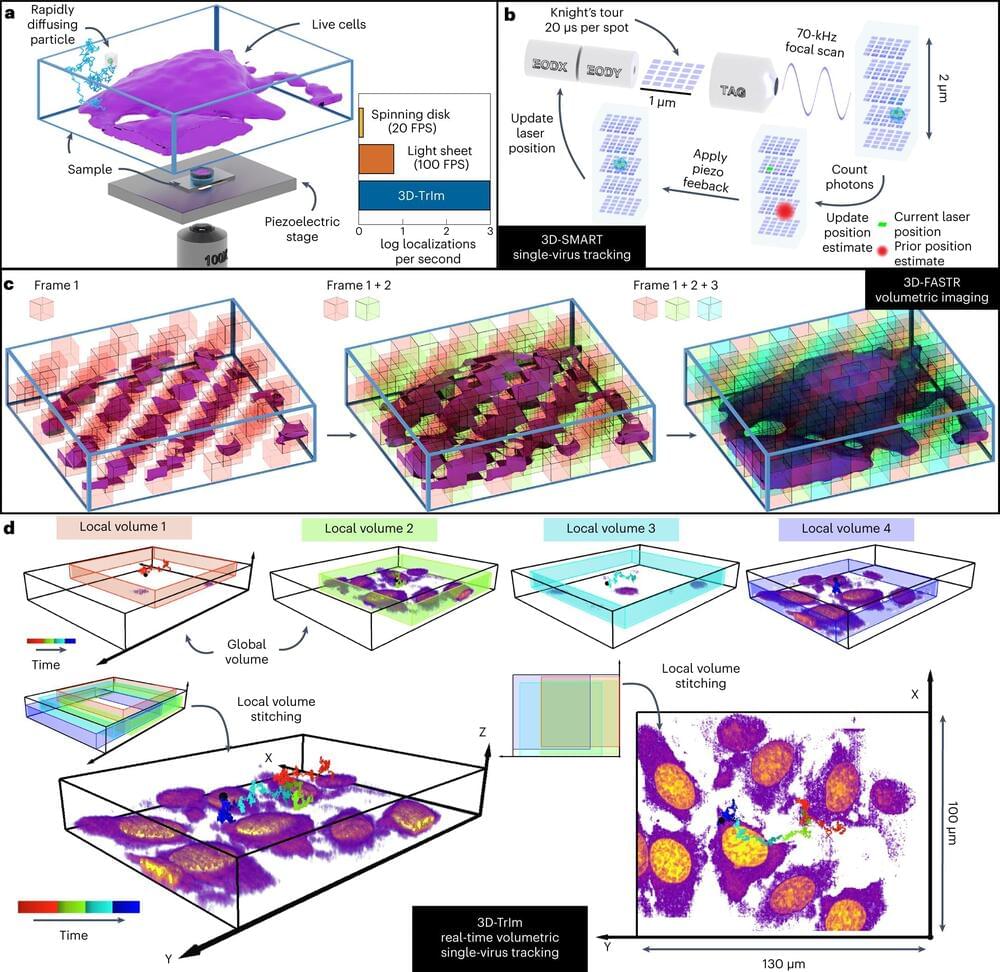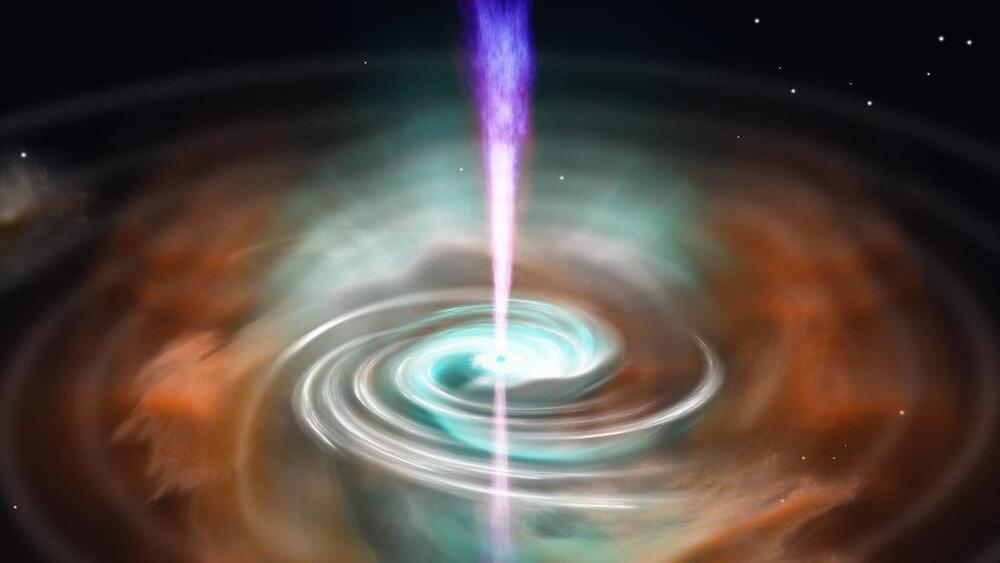Nov 12, 2022
India’s first private rocket launch confirmed for Nov 12–16
Posted by Shubham Ghosh Roy in categories: government, space travel
Hyderabad-based private space startup, Skyroot Aerospace, is set to launch its, and India’s first private rocket between November 12 and 16 from the Indian Space Research Organisation’s (ISRO) Sriharikota launchpad. The rocket, named Vikram-S, will be the first space launch vehicle manufactured and operated entirely by a private company in the country — making this the first launch of its kind since the union government opened up the space sector for private industry participation in June 2020.
The final date of the launch mission will be confirmed depending on the prevalent weather conditions during the mentioned launch window. Naga Bharath Daka, chief operating officer of Skyroot, confirmed in a statement that the launch mission will be a suborbital spaceflight, and will carry three customer payloads to the intended orbit.
Typically, a suborbital spaceflight refers to a height of around 100km from the Earth surface, and is done at a lower altitude than an orbital flight, which reaches at least a low-Earth orbit — between around 200km to 2,000km from Earth.


















